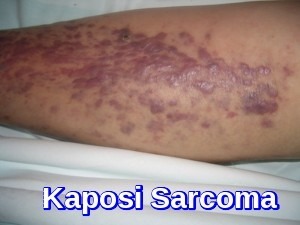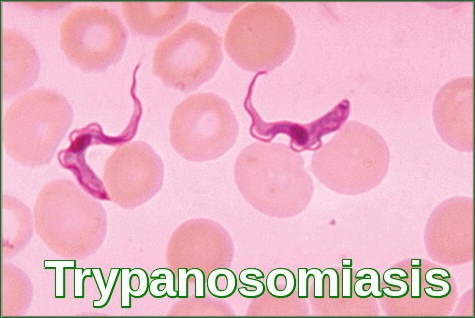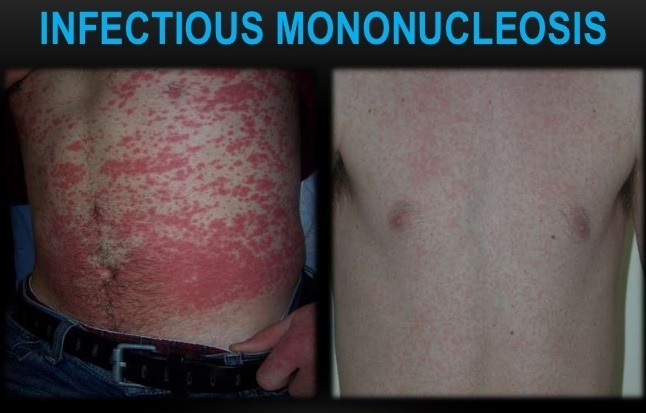Human Immunodeficiency Virus
Human Immunodeficiency Virus (HIV) remains a global health challenge with significant implications for individuals, communities, and healthcare systems. HIV, a retrovirus primarily targeting the immune system, substantially threatens public health worldwide.
Infection by the Human Immunodeficiency Virus (HIV) first appears as a transient flu-like illness. There then follows a variable period of good health, which may last many years. HIV has a tropism for lymphocytes expressing CD4 antigen (T helper cells).
HIV is a sexually transmitted infection (STI). It can also be spread by contact with infected blood or from mother to child during pregnancy, childbirth or breast-feeding. Without medication, it may take years before HIV weakens the immune system to the point that the patient develops AIDS.
Acquired immunodeficiency syndrome (AIDS) is a chronic, potentially life-threatening condition caused by the human immunodeficiency virus (HIV). By damaging the immune system, HIV interferes with the body’s ability to fight the organisms that cause disease.
As the disease progresses, there is a steady decline in CD4+ lymphocytes in the peripheral blood.
Patients frequently develop chronic lymphadenopathy and, at a later stage, typically develop the signs and symptoms of chronic infections, often with atypical organisms such as fungi, mycobacteria, and Pneumocystis carinii.
Clinical features:
- A proportion of patients with HIV infection develop malignancies, particularly Kaposi’s sarcoma, aggressive non-Hodgkin’s lymphoma, and Hodgkin’s disease. The lymphomas frequently contain the EBV virus.
- Patients with acquired immunodeficiency syndrome (AIDS) are often anemic, and this can be exacerbated by treatment and cotrimoxazole (Septrin) used in prophylaxis for pneumocystis.
- The neutrophil count may be reduced; in some cases, this deficiency is autoimmune. Immune thrombocytopenia is more common and may necessitate splenectomy.
- The bone marrow in AIDS patients displays non-specific abnormalities, including hypercellularity, megaloblastic erythropoiesis, myeloid dysplasia, lymphoid aggregates, eosinophilia, plasmacytosis, and increased reticulin.
Diagnosis:
Screening for human immunodeficiency virus (HIV) infection is paramount since infected individuals may remain asymptomatic for years while the infection progresses.
- A standard serological test diagnoses HIV infection, and progression can be monitored by regular measurement of CD4+ cells in the blood.
- Secondary testing that may be performed to assist with diagnosis or staging includes viral culture, lymph node biopsy, viral DNA polymerase chain reaction (PCR), and genotyping of viral DNA/RNA.
- In the presence of fever, thorough clinical examination and detailed investigations must be conducted to find the cause.
- A bone marrow examination may occasionally be the most direct way to detect mycobacterial infections and lymphomas.
Treatment:
Understanding the structure and behavior of the virus is fundamental to developing effective prevention and treatment strategies.
The treatment of human immunodeficiency virus (HIV) disease depends on the stage of the disease and any concomitant opportunistic infections. In general, treatment aims to prevent the immune system from deteriorating to the point that opportunistic infections become more likely.
Standard antiretroviral therapy (ART) is the principal method for preventing immune deterioration. In addition, prophylaxis for specific opportunistic infections is indicated in particular cases. Antiretroviral therapy has revolutionized the management of HIV, transforming it into a chronic, manageable condition.
ART consists of a combination of antiretroviral (ARV) drugs to suppress HIV and stop the progression of HIV disease maximally. ART also prevents the onward transmission of HIV. Huge reductions have been seen in rates of death and infections when use is made of a potent ARV regimen, particularly in the early stages of the disease.
WHO recommends ART for all people with HIV as soon as possible after diagnosis without any restrictions on CD4 counts. It also recommends pre-exposure prophylaxis to people at substantial risk of HIV infection as an additional prevention choice as part of comprehensive prevention. Countries are now following to adapt and implement these recommendations within their own epidemiological settings.
Successful long-term ART gradually recovers CD4 T-cell numbers and improves immune responses.
Key Facts:
*HIV remains a major global public health issue, having claimed 40.4 million [32.9–51.3 million] lives so far, with ongoing transmission in all countries globally, with some countries reporting increasing trends in new infections when previously on the decline.
*There is no cure for HIV infection. However, with access to effective HIV prevention, diagnosis, treatment and care, including for opportunistic infections, HIV infection has become a manageable chronic health condition, enabling people living with HIV to lead long and healthy lives.
*By 2025, 95% of all people living with HIV (PLHIV) should have a diagnosis, 95% of those should be taking lifesaving antiretroviral treatment (ART), and 95% of PLHIV on treatment should achieve a suppressed viral load for the benefit of the person’s health and for reducing onward HIV transmission.
References:
U.S. Preventive Services Task Force. Screening for HIV. Available at http://www.uspreventiveservicestaskforce.org/uspstf/uspshivi.htm. Accessed: June 16, 2011.
Sharp PM, Hahn BH; Origins of HIV and the AIDS pandemic. Cold Spring Harb Perspect Med. 2011 Sep 1(1):a006841. doi: 10.1101/cshperspect.a006841.
Branson BM, Handsfield HH, Lampe MA, et al. Revised recommendations for HIV testing of adults, adolescents, and pregnant women in health-care settings. MMWR Recomm Rep. 2006 Sep 22. 55:1-17; quiz CE1-4.
HIV/AIDS – Symptoms and causes – https://www.mayoclinic.org/diseases-conditions/hiv-aids/symptoms-causes/syc-20373524
HIV (Human Immunodeficiency Virus) – https://africacdc.org/disease/hiv-human-immunodeficiency-virus/
HIV and AIDS – https://www.who.int/news-room/fact-sheets/detail/hiv-aids









